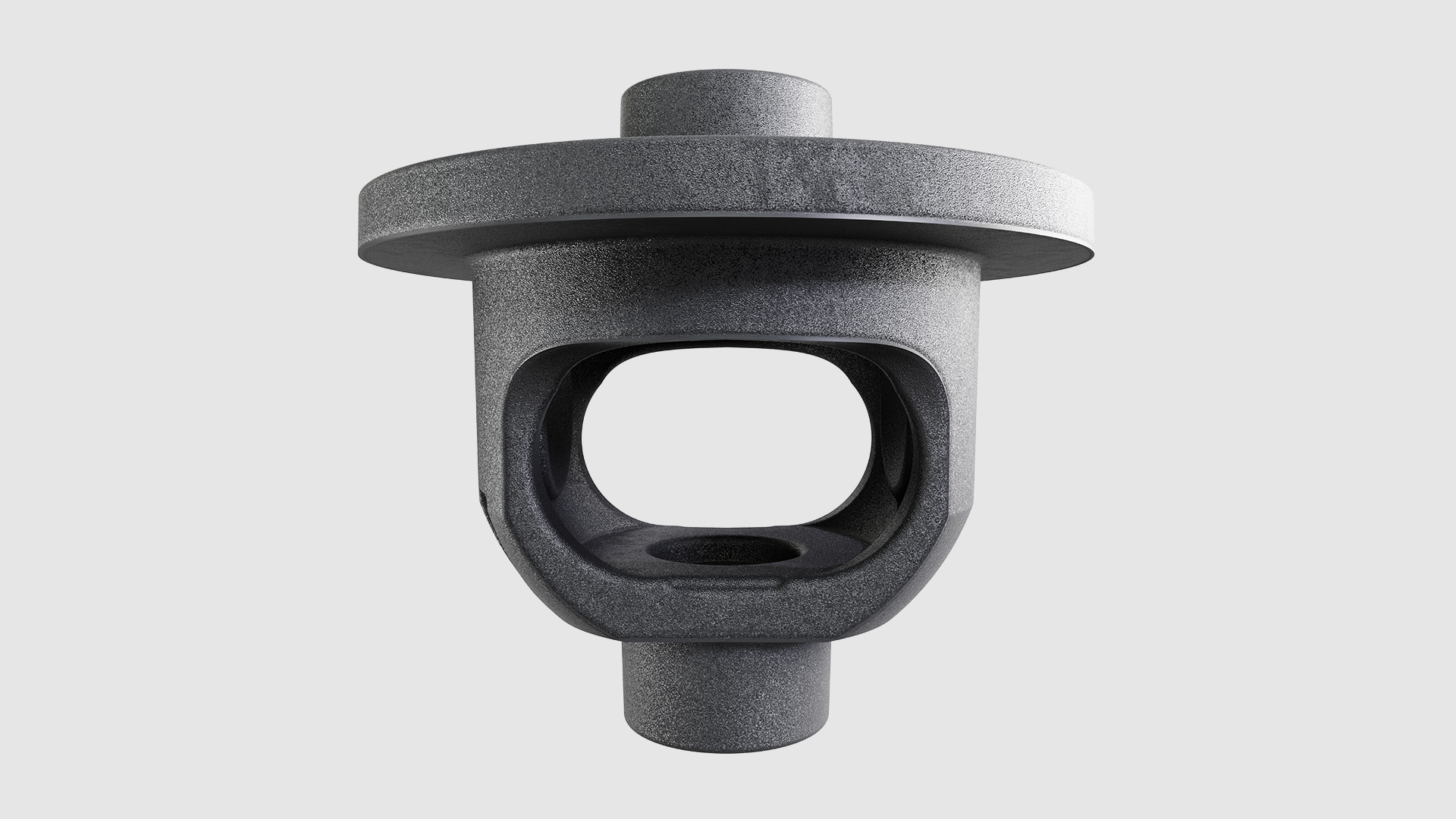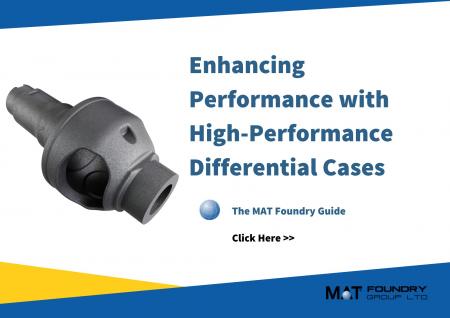The Science Behind Limited Slip Differentials
30th July 2024
Limited-slip differential (LSD) cases play a big part in enhancing vehicle performance, particularly in situations requiring increased traction and stability. These systems are integral to both everyday vehicles and high-performance sports cars, where precise handling and power distribution are paramount. Understanding the science behind limited-slip differential cases provides insight into their importance in modern automotive engineering.
The Basics of Differential Mechanisms
A differential is a key component in the drivetrain of a vehicle, responsible for transmitting power from the engine to the wheels while allowing them to rotate at different speeds. This is essential during cornering, as the outer wheel needs to travel a greater distance than the inner wheel.
Traditional open differentials handle this task efficiently under normal driving conditions. However, they fall short when traction is compromised, such as on slippery surfaces or during aggressive driving.
The Need for Limited-Slip Differentials
Limited-slip differentials address the limitations of open differentials by providing better traction and control. In an open differential, if one wheel loses traction, all power is sent to the wheel with the least resistance, often resulting in wheel spin and loss of control.
LSDs mitigate this by distributing torque more effectively between the wheels, ensuring that power is directed to the wheel with more grip.

Types of Limited-Slip Differentials
There are several types of limited-slip differentials, each using different mechanisms to achieve the desired effect.
Clutch-type LSDs use clutch packs to transfer torque between the wheels. When a wheel starts to slip, the clutches engage, providing resistance and redistributing torque to the wheel with better traction.
The engagement force can be controlled by springs or viscous fluids, depending on the design. Viscous LSDs rely on a thick fluid within the differential housing. When wheel speed differences occur, the fluid’s viscosity increases, creating resistance that limits the slip. This type is smooth and progressive but may not react as quickly as other types.
Torsen (Torque-Sensing) LSDs use helical gears to sense the torque difference between the wheels. When a wheel loses traction, the gears engage to transfer torque to the wheel with more grip. This type is known for its durability and instant response.
Modern vehicles often use electronically controlled differentials. Sensors detect wheel slip, and an onboard computer adjusts the power distribution using actuators. These systems offer the highest level of precision and adaptability.
The Science Behind Torque Distribution
The effectiveness of a limited-slip differential lies in its ability to manage torque distribution dynamically. When one wheel loses traction, the differential’s mechanism intervenes to prevent excessive wheel spin and redirects power to the wheel with better grip.
This process involves complex interactions between mechanical components and, in electronic systems, sophisticated algorithms.
In clutch-type LSDs, the friction between the clutch plates generates the resistance needed to transfer torque. The amount of friction can be fine-tuned by varying the clutch material, spring tension, or the type of fluid used.
As explained, in viscous LSDs, the fluid’s properties play a critical role. As the fluid heats up due to friction, its viscosity changes, altering the differential’s behaviour.
Torsen differentials rely on the mechanical advantage of helical gears. When a wheel begins to slip, the gears bind together, effectively locking the differential and transferring torque. The precise engineering of these gears determines the differential’s performance characteristics.
Electronic LSDs utilise real-time data from various sensors to manage torque distribution. These systems can react faster than mechanical LSDs and adjust to changing conditions instantaneously. The integration of electronics allows for adaptive strategies that enhance vehicle stability and performance.

Applications and Benefits
Limited-slip differentials are used in a variety of vehicles, from everyday passenger cars to high-performance sports cars and off-road vehicles.
Their benefits include improved traction by distributing power more effectively, which enhances traction, reducing the likelihood of wheel spin and improving acceleration.
During cornering and in slippery conditions, LSDs provide better control, contributing to safer handling. For sports cars, LSDs allow for more aggressive driving styles by maintaining traction during high-speed manoeuvres.
In off-road vehicles, LSDs are essential for navigating rough terrain, where traction is often uneven.
The Future of Limited-Slip Differentials
Advancements in materials science, electronics, and computer algorithms continue to improve the performance and efficiency of limited-slip differentials.
Future developments may include more integration with vehicle stability control systems, further enhancing the ability to manage power distribution dynamically.
Additionally, the trend towards electric and hybrid vehicles presents new challenges and opportunities for differential design, as the unique characteristics of electric motors require different approaches to torque management.
Limited-slip differentials are testament to the advancements in automotive engineering, providing significant benefits in terms of traction, stability, and performance.
By understanding the science behind these systems, we gain insight into their critical role in enhancing vehicle dynamics and safety. As technology evolves, the future promises even more sophisticated and efficient LSD designs, ensuring that vehicles remain both powerful and controllable in a wide range of driving conditions.


